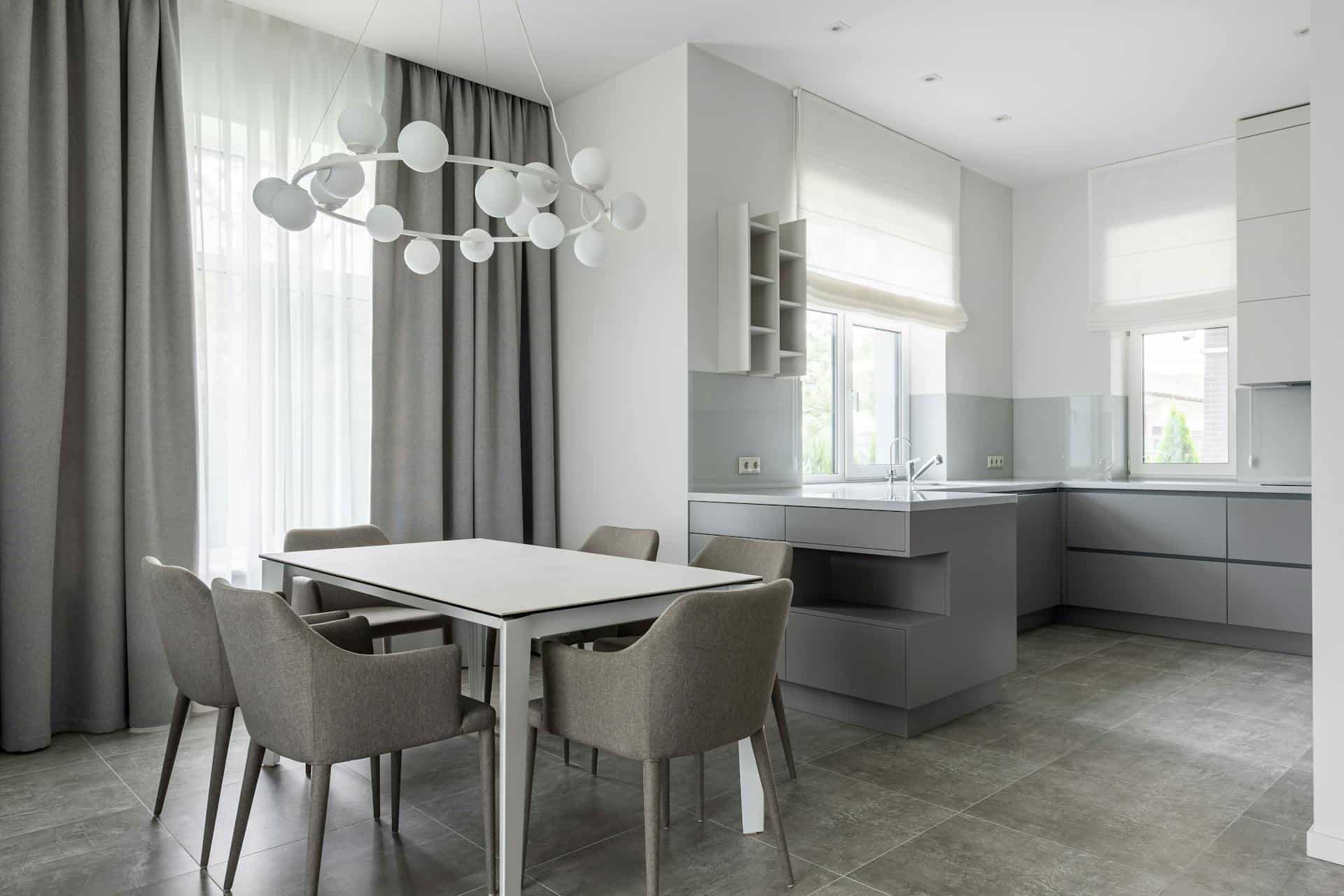
Question: Is Tile or Vinyl Better for Kitchen Floors?
Answer: Whether tile or vinyl flooring is better for kitchen floors depends on your priorities. Tile is more durable and water-resistant, while vinyl is softer, warmer, and easier to install. Consider your budget and lifestyle.
Kitchen Flooring: Tile Versus Vinyl
When it comes to kitchen flooring, tile and vinyl represent two distinct material choices, each with unique properties that influence their performance and suitability for the space. Understanding the key differences between these materials is essential for making an informed decision that meets your specific requirements. This article provides a detailed comparison of tile and vinyl flooring, exploring their respective characteristics and highlighting the factors that contribute to their durability, maintenance requirements, and overall cost.
Durability: Standing Up to Daily Life
Kitchen floors experience heavy traffic. Dropped dishes, spilled liquids, and constant foot traffic demand durable materials. Tile offers excellent scratch and water resistance. Ceramic and porcelain tile withstand heavy use and last for years. Vinyl, especially luxury vinyl plank (LVP), provides good durability. LVP features a wear layer that protects against scratches and scuffs. However, sharp objects can still damage vinyl. Tile generally outperforms vinyl in terms of overall durability, but high-quality vinyl provides a good balance of durability and cost-effectiveness.
Click here for more information on a kitchen cabinet refinishing service in Toronto
Related Article: What is the Easiest Flooring to Put in a Kitchen?
Related Article: What Are the Disadvantages of Vinyl Flooring in the Kitchen?
Cost: Balancing Budget and Quality
Budget plays a significant role in flooring decisions. Vinyl generally costs less than tile. Material costs and installation contribute to the total expense. Tile installation often requires professional help, adding to the cost. Vinyl, especially peel-and-stick versions, allows for DIY installation, saving money. While initial costs favor vinyl, consider long-term value. Tile’s durability can mean lower replacement costs over time.
Installation: DIY or Professional Help
Installing new flooring can be a significant project. Tile installation requires specialized tools and knowledge. Cutting and placing tiles precisely demands skill and patience. Most homeowners hire professionals for tile installation. Vinyl flooring offers easier installation, especially click-lock and peel-and-stick versions. Many homeowners install vinyl themselves, saving on labor costs. While tile provides a more permanent and luxurious feel, vinyl offers a quicker, more budget-friendly installation process.
Style and Design: Creating Your Kitchen Look
Kitchen flooring contributes significantly to the overall design. Tile comes in a variety of colors, patterns, and sizes. Create unique designs with different tile shapes and layouts. Vinyl flooring mimics the look of wood, stone, and tile. LVP offers realistic wood-look planks for a stylish and affordable alternative. Both options provide design versatility. Tile allows for more intricate patterns, while vinyl offers a wide range of simulated materials. Your personal style and desired aesthetic will guide your choice.
Comfort: Finding the Right Feel
Comfort underfoot matters in a frequently used space like the kitchen. Tile feels hard and cold, especially in colder climates. Area rugs or underfloor heating can improve comfort. Vinyl offers more cushioning and a warmer feel than tile. LVP and other resilient vinyl options provide underfoot comfort for long periods of standing. While tile provides a solid, durable surface, vinyl offers a more comfortable and forgiving feel.
Choosing between tile and vinyl depends on your specific needs and priorities. Consider your budget, lifestyle, and design preferences when making your decision. Tile offers superior durability and a classic look. Vinyl provides a cost-effective, comfortable, and easy-to-install alternative. Both options offer benefits, making each a good choice for kitchen flooring.

Blue Malue Get in touch with Blue here.
